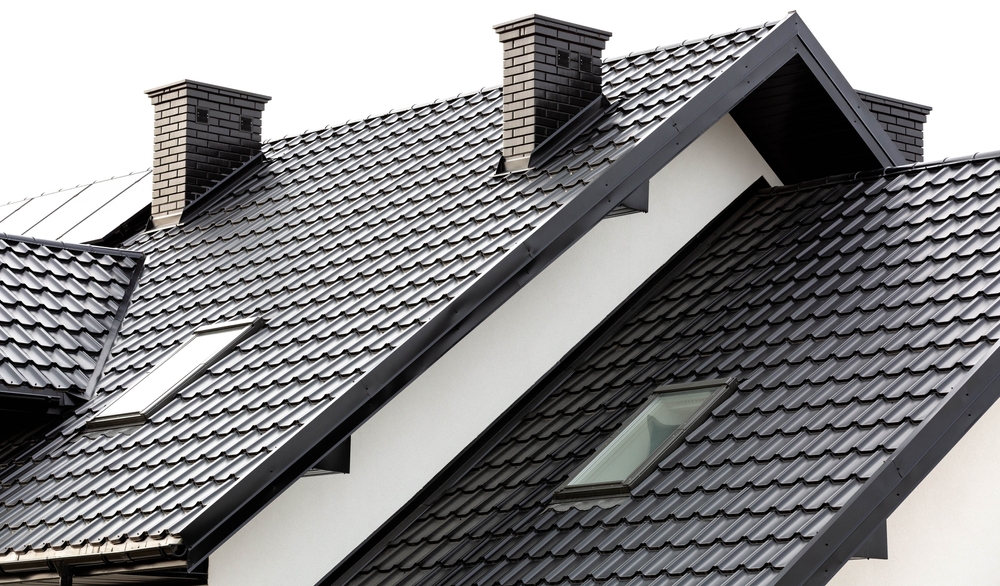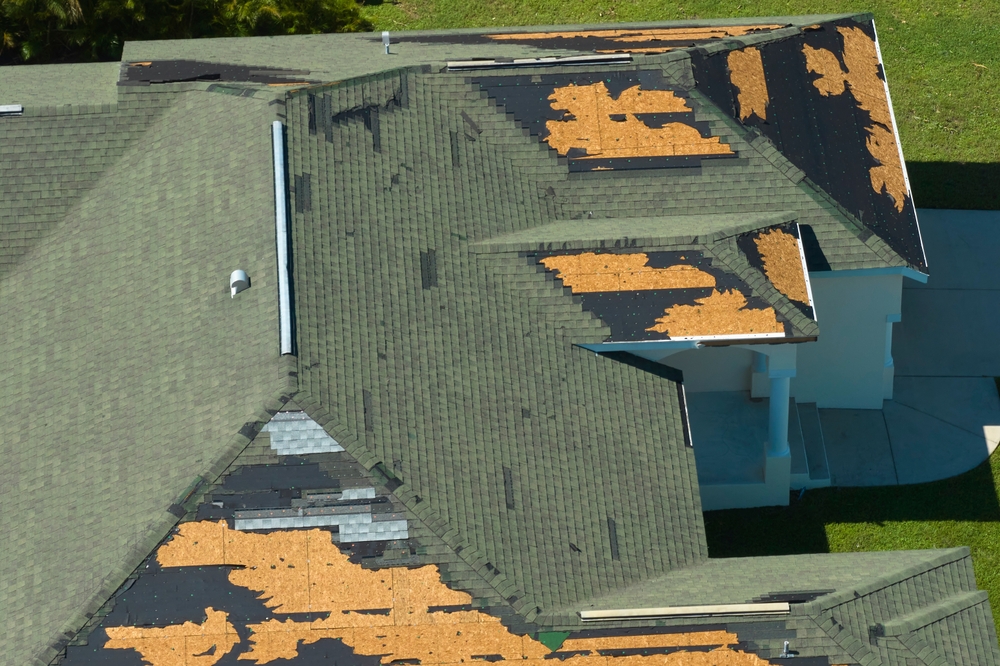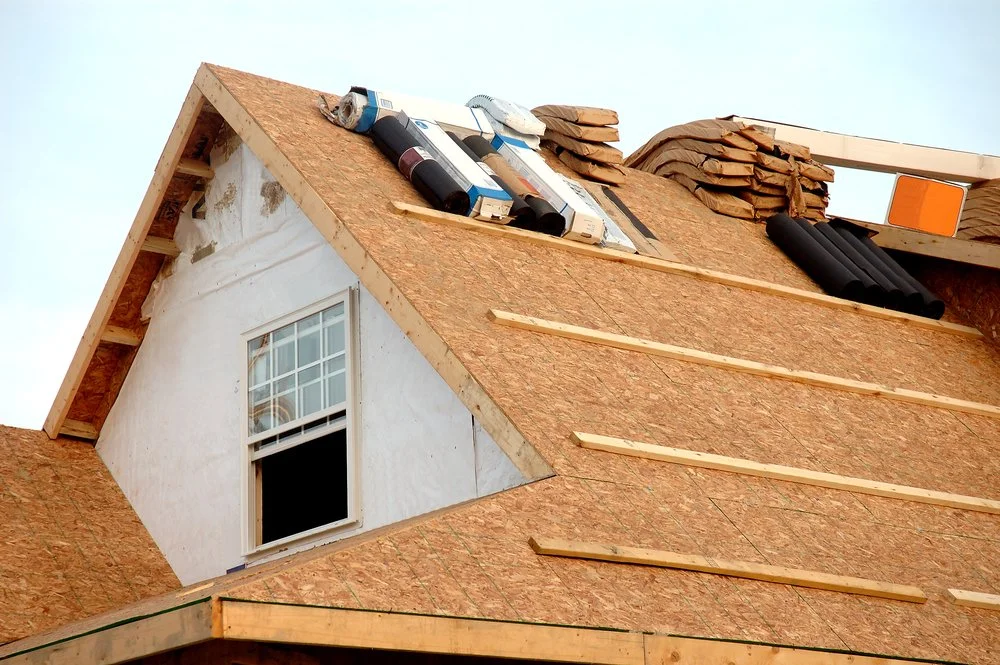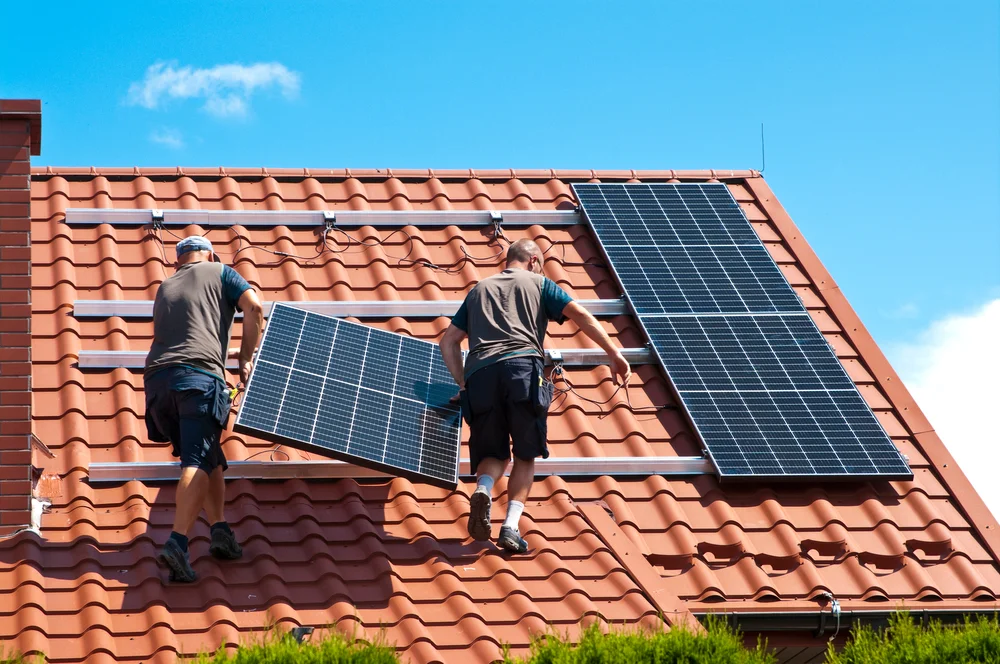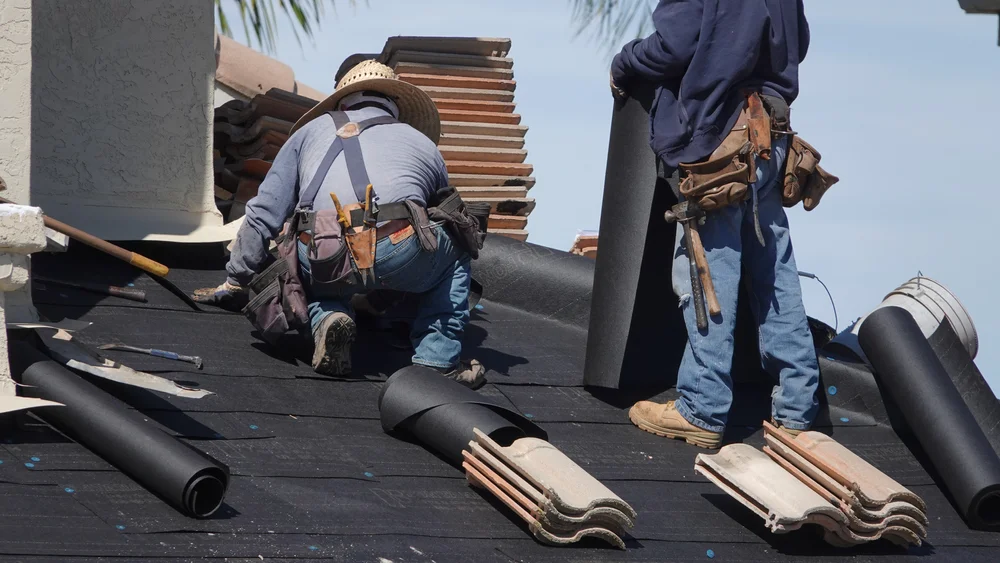It's natural to want to know the expected cost of any major home or building project, and a new roof installation or replacement is a great example. Which key variables tend to influence the price of a new roof for any structure, and how should you be considering them?
At The Roof Doctor, we're here to offer a huge range of roof replacement and roof installation services to clients around Salt Lake City, West Valley City, West Jordan and nearby areas. How much is a new roof, and which key factors influence how much a new roof costs? Here's a basic breakdown to consider.
Roof Size
Naturally, as you may have already assumed before even reading this guide, one of the biggest factors in determining the cost of a new roof is the size of that roof. In particular, we're referring to the square footage of your home or building's roof - generally measured by squares (100 square feet).
The larger the roof, naturally, the more material and labor will be required for installation or replacement. This can significantly influence the overall cost. Additionally, a more complex roof design with multiple corners, angles and slopes may require additional material and labor, which can also impact the final price.
Material Selection
Another key factor in determining the cost of a new roof is the type of material you select for your roofing system. The most common materials used today include asphalt shingles, metal roofing, slate, and tile. Each comes with its own advantages and disadvantages, and the cost can vary significantly depending on the material selected.
For example, asphalt shingles tend to be the most budget-friendly option, while metal roofing is typically more expensive but offers a longer lifespan. Slate and tile roofs are often considered high-end options and come with a higher price tag.
Inspection and Permit Costs
In many locations, a roof installation or replacement requires permits and inspections to ensure it meets building codes and regulations. These costs may not be included in the initial quote for a new roof, so it's important to factor them in when considering the overall cost. Additionally, any necessary repairs or updates to meet code requirements can also add to the final price of the project.
This process may also require a basic inspection of your existing roof, which can help determine if any additional repairs or updates are needed before the installation or replacement.
Labor Costs
The labor costs associated with a new roof installation or replacement will also play a significant role in determining the final price. Labor rates can vary depending on location and the complexity of the job, so it's important to get multiple quotes and compare prices. However, it's important to remember that the cheapest quote may not always be the best option - quality workmanship is crucial for a long-lasting roof.
Disposal Fees
Another potential cost to consider when getting a new roof is the disposal of your old roofing materials. Some contractors may include this in their quote, while others may charge an additional fee for removal and disposal. Be sure to clarify this with any potential contractor before agreeing to a quote.
For instance, some contractors may have a recycling program for roofing materials, which can help offset the disposal fees and also benefit the environment.
Other Factors
While the variables we've gone over above tend to be the most significant in determining the cost of a new roof, there are other factors that may also play a role. These can include:
- Local market demand: In areas with a higher demand for roofing services, prices may be higher due to supply and demand.
- Roof condition: If your existing roof has extensive damage or structural issues, this can add to the cost of a replacement.
- Additional features: Things like skylights, chimneys, and gutters can also impact the overall cost of a new roof installation or replacement.
- Warranty: Some roofing materials come with longer warranties, which may increase the initial cost but can provide long-term savings in terms of repairs and replacements.
As you can see, there are several key factors that influence the cost of a new roof installation or replacement. It's important to carefully consider these variables when getting quotes from contractors to ensure you're getting the best value and quality for your investment.
At The Roof Doctor, we're dedicated to providing top-quality roofing services at competitive prices. Contact us today to learn more and get a free quote for your project, whether you're in SLC, West Jordan, West Valley City or any nearby area!

